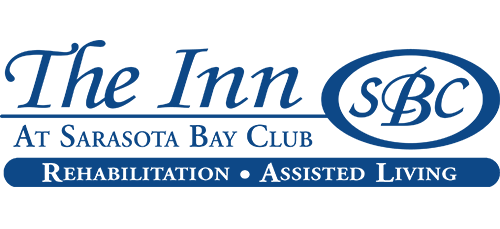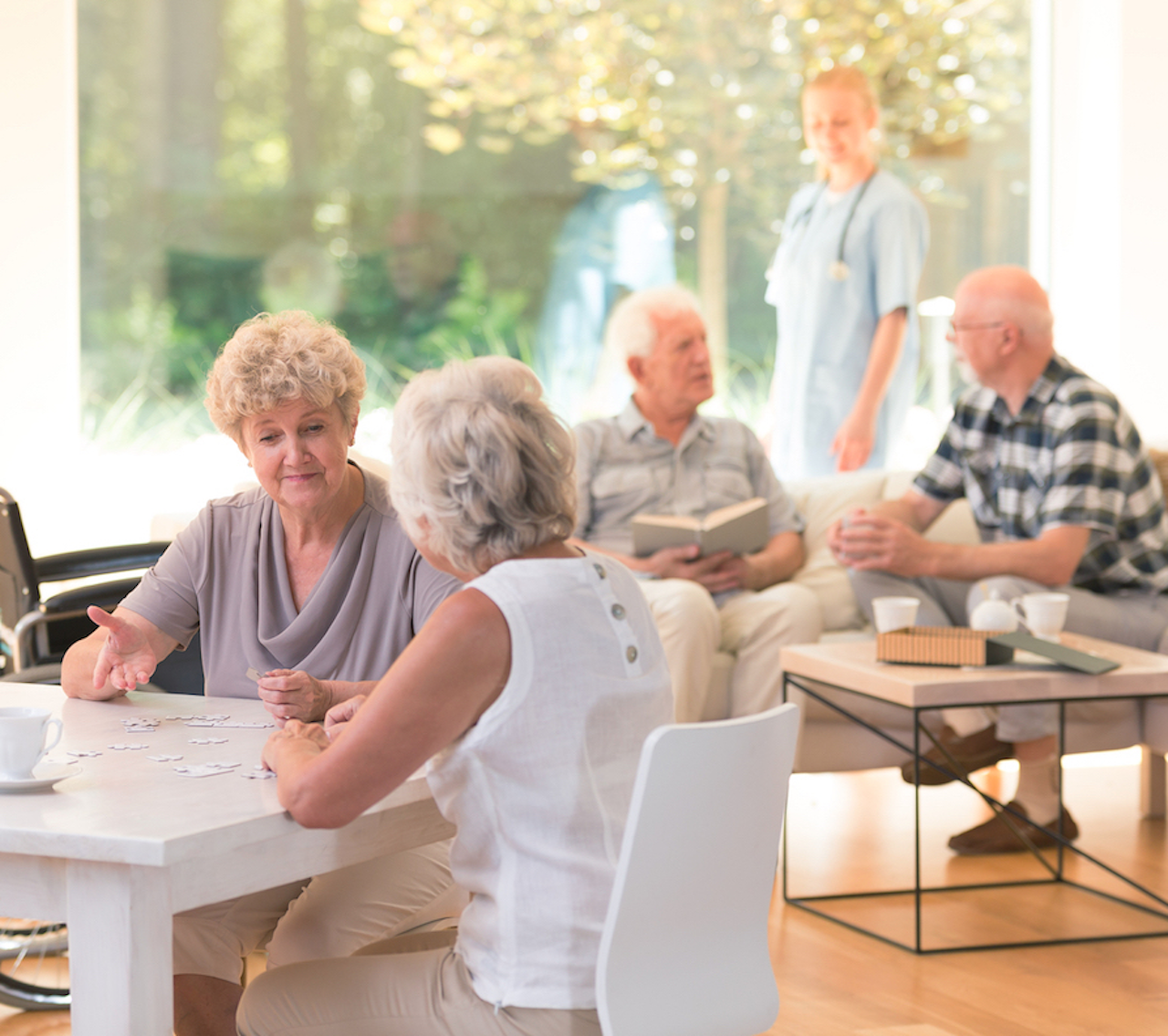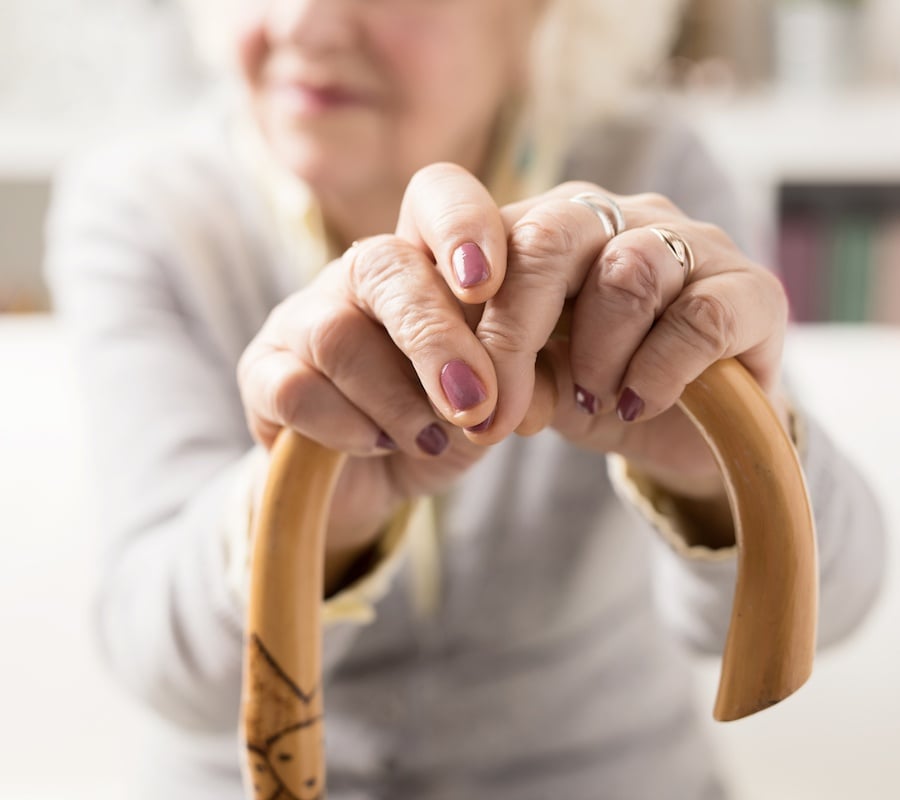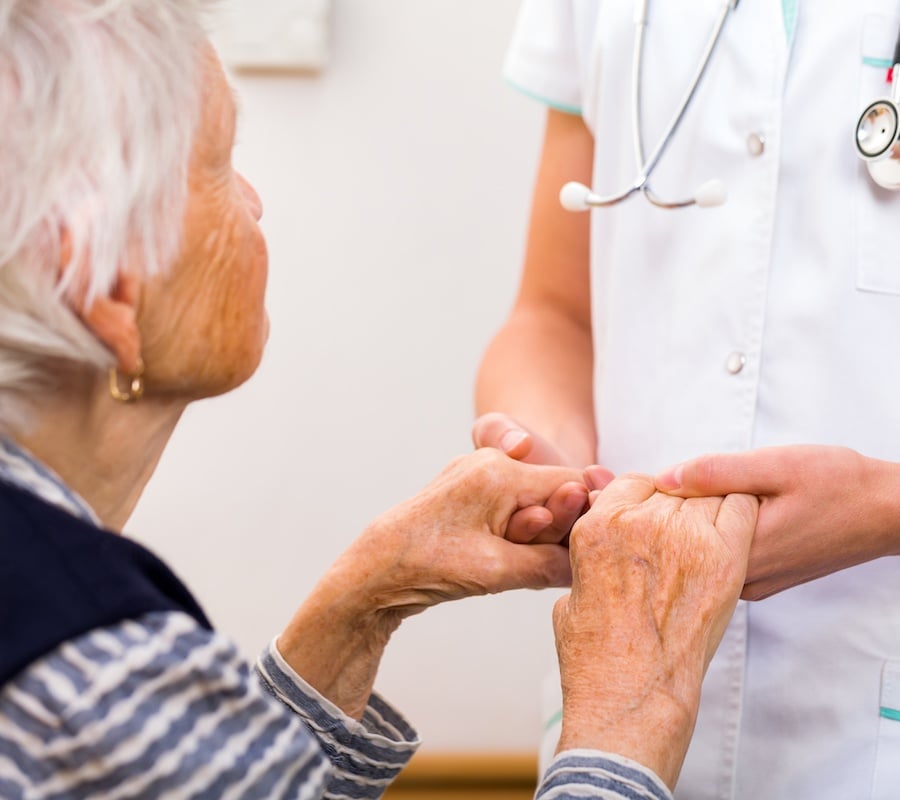As people age, they may face various complications that require regular assistance in performing daily tasks. These tasks can be classified into two categories: Instrumental Activities for Daily Living (IADLs) and Activities of Daily Living (ADLs). This post will explore the significant differences between IADLs and ADLs and their importance in senior care.
A Closer Look At ADLs
According to a 2023 journal, ADLs involve activities that are tailored to provide assistance to seniors through regular monitoring and check-ins. Caregivers and nurses are tasked with the objective of ensuring that seniors can complete basic tasks that are key to their well-being and health. Below are some of the ADLs activities.
- Bathing: This includes body, hair, and teeth. The person can do this completely on his or her own, or may require assistance with only one area.
- Getting Dressed: Putting the clothes on and zipping or buttoning them is key; however, it's also important to be able to independently choose clothes that are appropriate for the occasion or the weather.
- Functional Mobility: This refers to moving from one place to another on his or her own; it includes getting in and out of a bed or chair.
- Eating: The person is able to feed himself or herself. This does not refer to an ability to prepare food, only the ability to put it in one's mouth, chew, and swallow.
- Continence: The person is totally in control of his or her bladder and bowels.
- Using the Toilet: This is a consideration separate from continence. In this case, the person is able to use the toilet without assistance, including getting up and down and cleaning himself or herself.
A Closer Look At IADLs
IADLs entail a wide range of care services compared to ADLs. A 2023 journal explains that IADLs activities are a bit complex and the ability to perform these activities provides seniors with more independence. However, it is essential to note that most seniors cannot perform all IADLs activities on their own.
- Household Chores: This could include basic cleaning and housekeeping, laundry, and doing dishes.
- Management of Medications: The person is able to understand the prescriptions and take the correct amount of all medications on time.
- Management of Money: The person keeps track of all accounts and pays bills on time.
- Meal Preparation: This includes cooking as well as measuring, chopping, and other meal prep actions.
- Shopping: The person knows what he or she needs in terms of groceries, personal care items, and household items, and can go to the store by himself or herself to make the purchases.
- Transportation: This includes moving to a new home as well as using a car or taking a bus.
- Communication: The person can use the phone and computer.
Key Differences Between ADLs And IADLs
One key difference is that ADLs involve basic activities that allow seniors to live more independently. IADLs involve more complex tasks like money management that play a key role in the daily lives of seniors. Basically, IADLs help in adding more value to ADLs and mainly act as a supplement.
ADLs don't involve a lot of planning compared to IADLs activities like shopping, cooking, and organizing for transportation.
Needing Assistance With Adls Or Iadls
Many retirement communities offer skilled nursing care, assisted living, and independent living options. While a serious injury or medical condition makes it clear that skilled nursing care is required, ADLs and IADLs will also help you determine which type of retirement community is best for you or your loved one.
If your loved one can manage all ADLs and IADLs on his or her own, an independent living community is ideal. They get to enjoy the amenities and the community while managing daily life on their own. If he or she can do the ADLs but needs or simply wants help with the IADLs, assisted living can be a wonderful opportunity to relieve the stress and hassle of cooking, driving, and dealing with household duties while maintaining some privacy and independence. If the ADLs become a struggle, your loved one may require additional assistance. A new level of care can be arranged as needed.
Sometimes the person needs help with only a few of the ADLs: for example, he or she may be able to get in and out of bed without any help, but can no longer fasten the buttons on a shirt. The best assisted living communities offer personalized care to allow the person to maintain as much independence as possible while providing assistance in a professional, compassionate manner.

